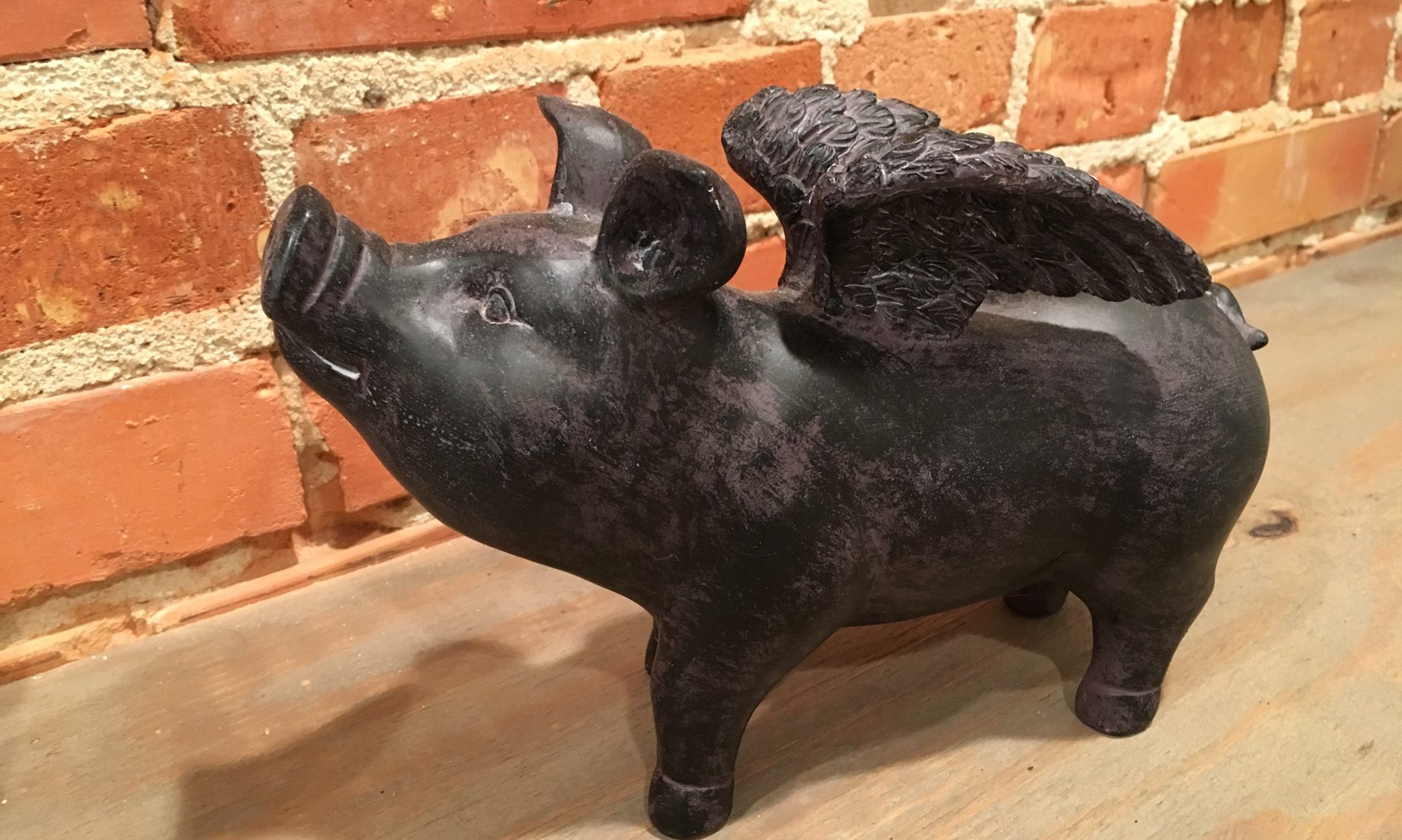Day four saw us start with a renewed vigor. There was no longer time to start new projects. And some of the items we’d started were not going to be able to be finished in the time we had left.

The first thing I wanted to do was to get the airplane onto my stands. It was really easy to do and nothing went wrong, but I was concerned that we might try to mount them last minute only to find something was amiss and there was no time to fix it before we left. That would be a serious problem since the plane had to ride home on these stands. As I said, it ended up being no problem and everything fit up perfectly.

It is hard to see in this pic, so I’ve drawn in some arrows. Normally this side of the airplane is enclosed in fabric and inaccessible. However Robby had been putting baggage doors in because it saved you from having to crawl over the seats to access the rear baggage area. Despite the planes small size, the baggage area is pretty generous. Reaching the back of it from the cockpit would be a challenge. With this baggage door, it is simply.
This door however is the first piece of custom work I was doing to the plane. Luckily Robby had a mockup of a door he’d done previously so between his mockup and my existing frame, I was able to make up a frame fairly easily. Well, after I designed it wrong and Robby stopped me so I did it correctly.
The door frame was made by welding up 90 degree unions from 4130 steel from our door kit. I’d done those over the weekend. Then I cut aluminum tubing into sections and mocked it up. Once it looked like a good fit, I mixed up some Hysol and went to work.

I was unfamiliar with Hysol prior to starting this build. I’d used plenty of 5 minute epoxy, JB weld, and Acraglas before. Mainly Acraglas because I use it when I’m gunsmithing. Hysol is another epoxy and it looks and works similar to JB Weld, but is has the work time of Acraglas. And it is an interesting work time too. At first it is a thick paste, pretty gooey. But as it starts to set over the first 30 minutes, it becomes more like clay or fondant. Once that starts happening, you can wet your fingers with alcohol and start working it with your hands, shaping it and smoothing it. Once you get a feel for it, it makes for pretty easy and good looking work.
The door is Hysoled in place, aligning with the existing frame.

Here you can see the inside view. The gray goopy stuff is the Hysol holding the door frame in place. Once it sets up, it is like concrete.
Once we finished up for the day, Spork and I once again headed out for dinner. But this time Jenny and Robby were meeting us at their favorite place in New Bern, Persimmons Waterfront Restaurant. Spork and I got there early as Jenny was flying back from Manteo and Robby was driving to New Bern to pick her up at the airport.
There was some concern because Jenny was bucking major headwinds and turbulence that was “the worst she’d ever seen.” Considering she is an aerobatic instructor pilot, when she said she was scared my heart rate went right up. Fortunately she made it safely and we worked to have a drink waiting on her.

No not this one. Spork and I sat at the bar where we ran into a waiter from 247 Craven we’d met he night before. Now I really was starting to feel like a local. There was a very nice young bartender behind the bar and again nobody in the place. The bartender was using her time to concoct new drinks. What you see above is version 3.2 of a poison apple. I don’t remember what was in it and I didn’t try it (it has caramel on the rim, no sugar for me). But Spork and I had a large time being part of the creative process. We talked to the other staff, compared notes and flavor profiles, talked about what this drink we pair well with, and worked on specific gravities of the different ingredients trying to get the correct look.
There was a lot of science ongoing at the bar, and Spork and I were able to bring a lot of school topics into the discussion. All while not actually drinking a drop.
Jenny and Robby eventually arrived and we had a stellar meal and a great time with Jenny and Robby at Persimmons. It may be my new favorite place and definitely somewhere I’ll take SWMBO if she comes down with me.

































































